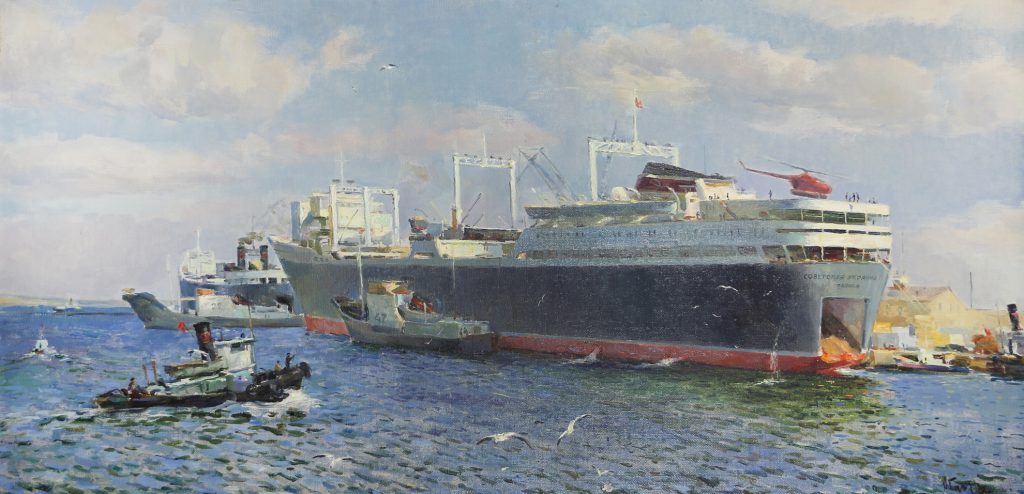Summary
The ship Sovetskya Ukraina is linked to a bloody historical episode – the Soviet Union’s grand deception regarding the magnitude of its part in mid-20th-century commercial whaling. Although the Soviets had been plundering whales as far south as Antarctica since 1947, a decade later, in 1959, its efforts shifted gear, with the Sovestskya Ukraina leading a new flotilla of vessels to the whale-hunting grounds off the coasts of Australia and New Zealand. The Sovestskya Ukraina was the largest whale factory ship in the world; in its first season alone, it processed a mind-boggling 13,000 Humpback Whales, directly breaching the convention of International Whaling Commission (of which it was a member state), which was established in 1946 to conserve whale numbers and regulate the industry, with catch numbers considered legally binding.
But let’s not be Pollyannas. Historically, Australia and New Zealand, too, had long slaughtered these giant marine animals, with the early settlers and economies of both countries established not only on the back of a sheep but on the back of a whale (or several thousand). A glance at the City of Melbourne’s coat of arms is enough to reveal the place the industry had in the city’s infant economy.
This painting shows the Sovetskya Ukraina at port, but just what port we’re not certain. Something of a juggernaut against the tugboats and diminutive port buildings, the ship conveys a sense of determined power. With hindsight revealing the ship’s dark truths, this painting is a reminder of disturbing inhuman impulses but also of our facility for ideational and practical change. The crew of the ship gifted the oil painting to the City of Melbourne in April 1964, before the tide of public opinion turned against commercial whaling, leading to its cessation here in 1978.
